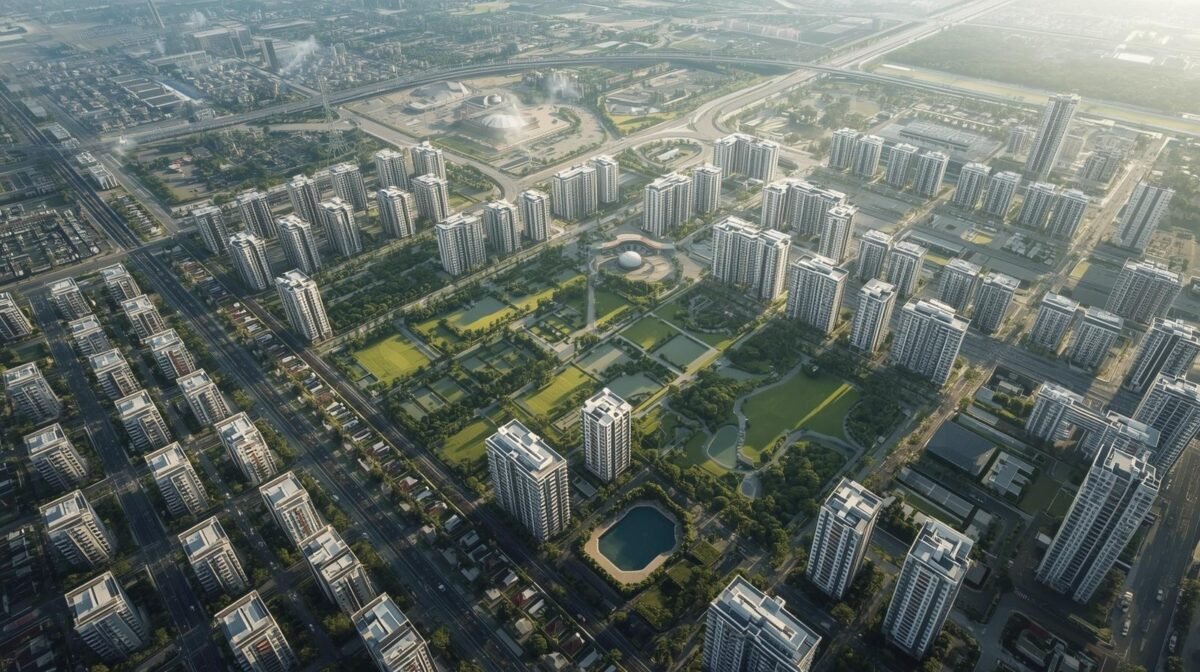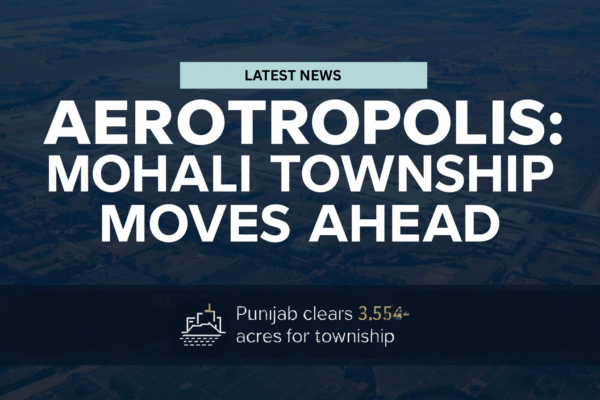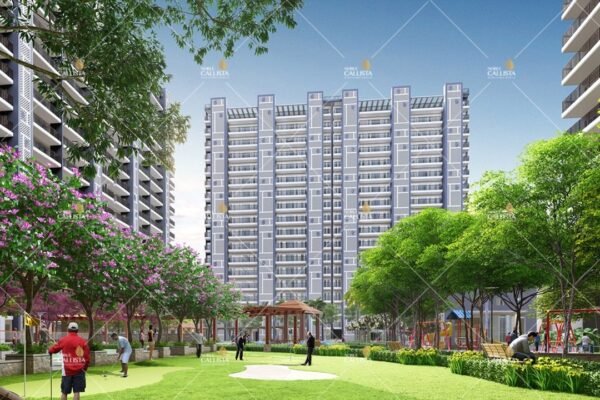Estimated reading time: 4 minutes
The Mohali real estate forecast for 2025 points to a year of cautious optimism, shaped by shifting buyer sentiment, steady infrastructure investment, and changing patterns in demand. While the city has long been seen as an extension of Chandigarh’s urban sprawl, it has carved a reputation of its own as a hub for housing and commercial development. With new policies and projects in the pipeline, analysts suggest the coming year could mark a turning point in pricing trends and growth dynamics.
Data from regional developers indicates that property values in Mohali rose between 8% and 11% during 2024, largely on the back of demand in sectors such as 79, 80, and 91. These areas benefited from proximity to the airport, IT corridors, and the Chandigarh tricity belt. Yet despite steady gains, the broader market remains sensitive to affordability, with buyers weighing long-term stability against the immediate appeal of luxury units.
The demand pattern has shifted in recent months. Families are showing interest in independent floors and duplex homes, while younger buyers continue to prefer compact apartments with modern amenities. Analysts believe that the configuration split will remain consistent into 2025, although premium villas and kothis are expected to attract a narrower but steady segment of investors. Developers acknowledge that flexibility in payment plans and possession-linked offers have played a crucial role in sustaining sales momentum.
One of the strongest drivers for Mohali real estate in 2025 will be infrastructure. The expansion of the international airport, the ongoing work on the Mohali metro connectivity plan, and improved road networks are expected to boost property appeal across peripheral sectors. Industry experts point out that infrastructure commitments often provide confidence to end-users, which in turn stabilizes demand for long-term investments.
At the same time, affordability remains a central concern. Several projects launched in late 2024 positioned themselves as mid-segment housing options, priced to capture salaried professionals and NRIs looking for a foothold near Chandigarh. Early response has been encouraging, and developers suggest this will be a recurring theme in 2025. With mortgage rates expected to stabilize in the first half of the year, banks and housing finance institutions anticipate a higher loan uptake.
Investment activity is also expected to diversify. Commercial spaces in Mohali, particularly office hubs and retail plazas, are projected to see incremental demand as IT and service companies expand operations. The city’s position as part of Punjab’s industrial and technology belt means that employment growth often translates directly into housing demand. Local brokers suggest that mixed-use developments combining residential, retail, and office space will emerge as a defining trend in the next twelve months.
Market observers are quick to caution, however, that the outlook is not without risks. Policy changes related to land acquisition, stamp duty, or urban planning could alter momentum. Additionally, global economic uncertainty has made investors more selective. Analysts say that while Mohali remains attractive compared to Chandigarh’s saturated market, developers will need to balance pricing strategies with sustainable delivery timelines.
For end-users, the year ahead may offer opportunities to secure properties in emerging sectors before prices climb further. The forecast indicates moderate appreciation across most localities, with some premium pockets likely to exceed the average. Buyers are advised to focus on projects with clear legal titles, transparent builder reputations, and proximity to key landmarks such as hospitals, schools, and IT hubs.
Overall, the Mohali real estate forecast for 2025 reflects a market that is steady rather than speculative. Developers are expected to remain cautious, launching projects that align with visible demand rather than speculative supply. Buyers, meanwhile, are entering the market with greater awareness, seeking homes that offer both lifestyle appeal and investment security. This equilibrium, though delicate, may prove to be the city’s strength in the year ahead.
The forecast indicates moderate price growth, steady demand, and continued infrastructure-driven expansion in key sectors.
Yes, prices are expected to rise moderately, with some premium locations likely to outperform the average.
Sectors near the airport, IT corridors, and metro connectivity plans- such as 79, 80, and 91- are projected to attract the most demand.
For buyers seeking long-term value, 2025 offers favourable conditions, with a balance between affordability and growth potential.
Independent floors, duplex homes, and affordable apartments are expected to dominate buyer preference in 2025.















